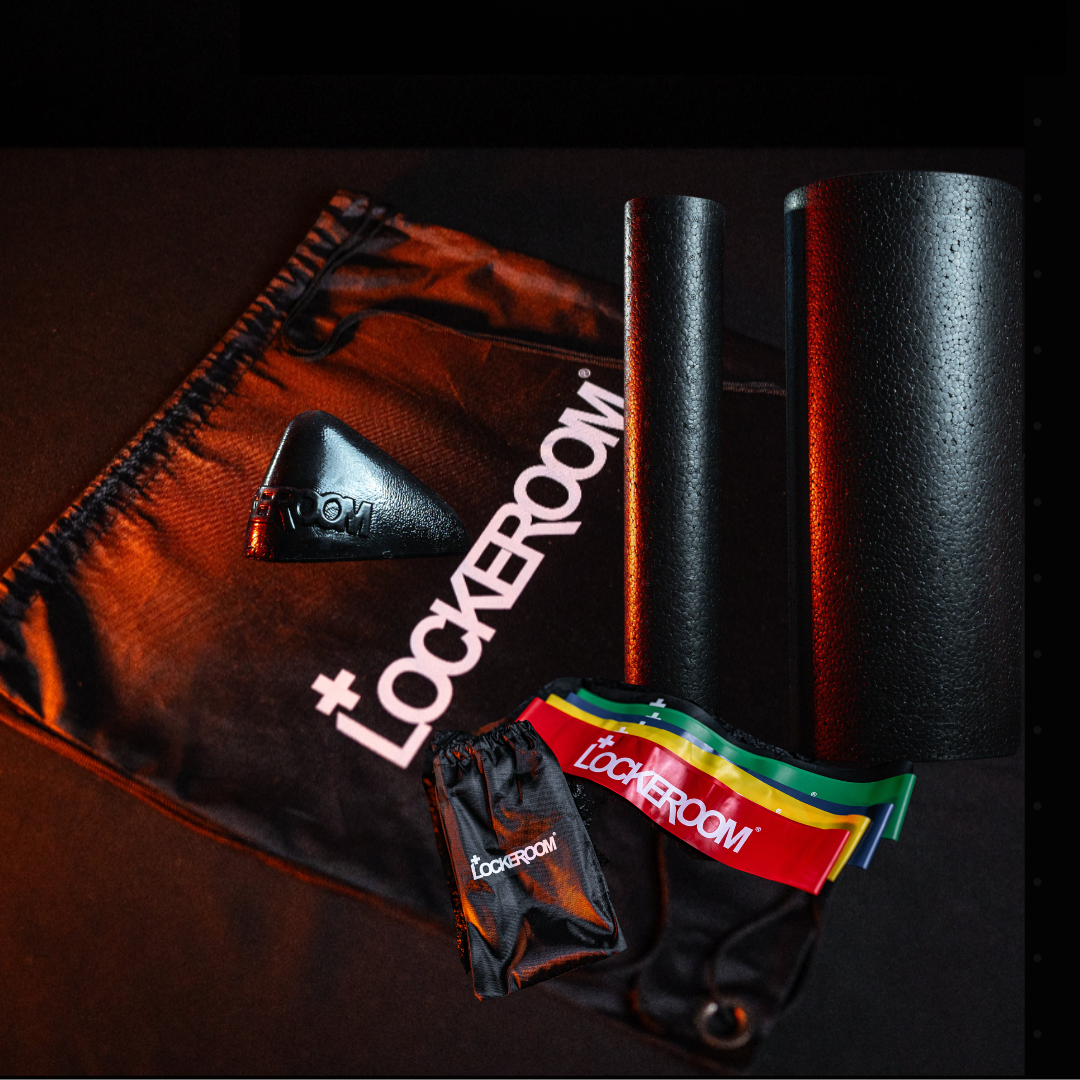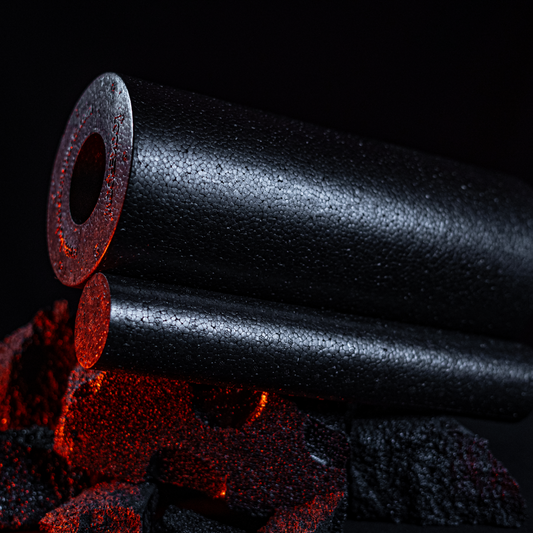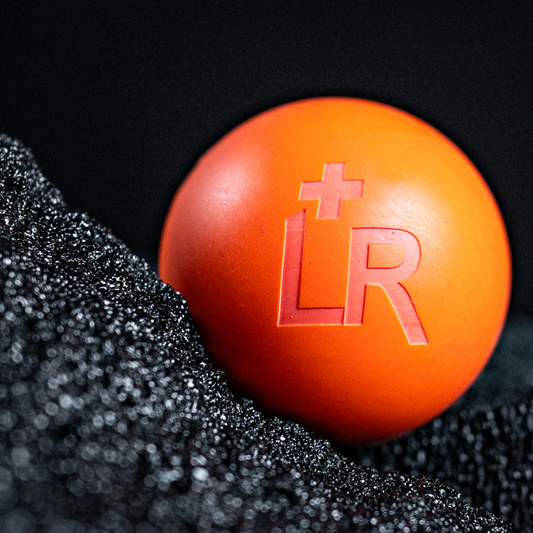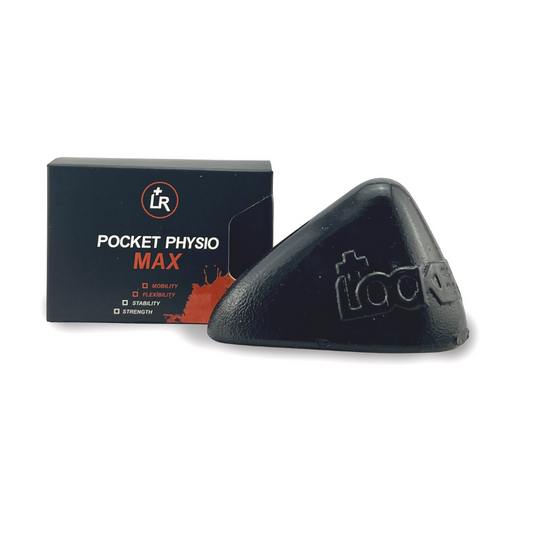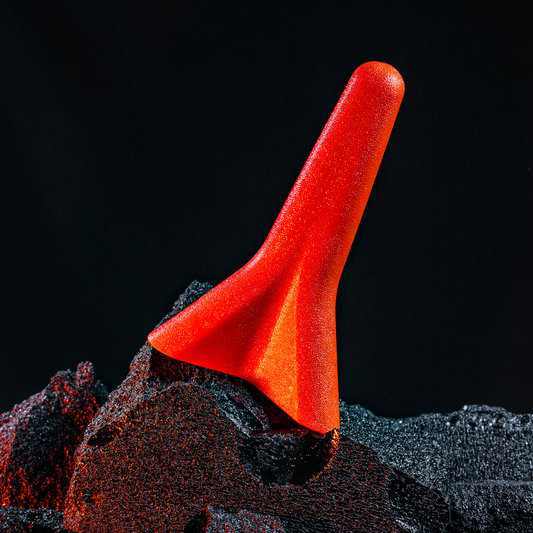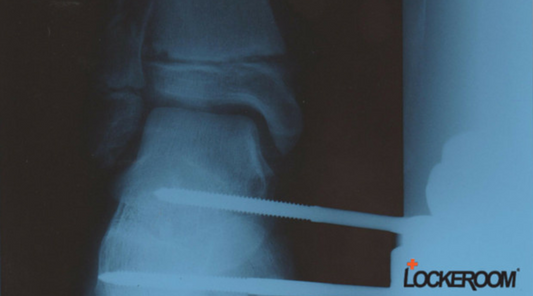
Q&A with Cam
Learn what might be behind your symptoms
How do I know if my Piriformis muscle is tight?
Injuries to the piriformis muscle often stem from muscle tightness or compression injuries.. As a lateral rotator responsible for turning the leg outward, the Piriformis can become overactive particularly if your Gluteus Medius is weak.
Individuals prone to these issues include cyclists, long distance runners or walkers.
Sufferers may mention lower back pain and numbness down the thigh/leg. Hamstring stretch with straight leg may be limited. Walking may be difficult. Palpation will reveal central buttock pain. It's not uncommon that those with a tight piriformis can also experience ‘sciatic’ type pain due to its relationship with the sciatic nerve.
Piriformis syndrome is a not uncommon trauma injury that often affects people who sit on hard surfaces for extended periods or who experience falls that land heavily on the buttock. The condition can cause an ache and leg pain that mimics sciatica, due to the piriformis muscle irritating the sciatic nerve.
Managing piriformis syndrome effectively involves addressing these underlying weaknesses and dysfunctional movement patterns, which is crucial for resolving symptoms and improving overall function.
What can I do to help reduce Piriformis tightness and reduce my pain?
When experiencing piriformis pain, the best course of action includes several targeted interventions.
- Start by using a trigger tool, such as the Pocket Physio to release tightness in the piriformis muscle
- Use gentle stretches to assist in reducing tightness: Start with a Stretchband assisted Glute stretch
- Improve flexibility in the Hamstrings, Glutes, and posterior chain using a Stretchband to alleviate tension and enhance overall muscle function
- Strengthen core muscles, particularly the abdominals, to support proper pelvic alignment and function. Use the Posture Pro Dome for this
- Additionally, focus on strengthening the hip lateral rotators and Hip extenders with mini bands or Powerbands to support the Piriformis
- Enhancing thoracic mobility with tools like the Posture Pro Dome can improve overall posture and reduce strain.
These combined strategies can effectively address piriformis pain and contribute to a more balanced and functional movement pattern.
What is Piriformis Syndrome?
Piriformis syndrome is a not uncommon injury that often affects people who sit for extended periods (truck drivers) or who experience falls that land heavily on the buttock. The condition can cause an ache and leg pain that mimics sciatica, due to the piriformis muscle irritating the sciatic nerve.
The best course of action is to seek a medical diagnosis as soon as possible. While many individuals may benefit from conservative management, such as physical therapy and lifestyle adjustments, those who do not respond to these treatments may require injections to reduce the pressure on the sciatic nerve.
Early management of piriformis syndrome often yields good results. Incorporating the release of hip lateral rotators into your recovery strategy can enhance these outcomes. For instance, cyclists who spend hours in a flexed position and then sit for extended periods in a sedentary job are at a heightened risk of developing piriformis syndrome. Addressing hip tightness proactively can help improve recovery and prevent further issues.
How long before I can get back on my bike?
Early management of piriformis syndrome often yields good results. Incorporating the release of hip lateral rotators into your recovery strategy can enhance these outcomes. For instance, cyclists who spend hours in a flexed position and then sit for extended periods in a sedentary job are at a heightened risk of developing piriformis syndrome.
Addressing hip tightness proactively can help improve recovery and prevent further issues.







